tailor alteration guide
Every piece has a history, and with the right adjustments, it can be tailored to look as though it was made just for you. From suits and trousers to dress shirts, this guide will show you how even the smallest alterations can transform your garments into perfectly fitted attire.
All alterations are carried out by one of the best independent tailors in Amsterdam. While we don’t have an official collaboration, I personally assist with the measurements and take care of bringing and picking up your items for a final fitting in the boutique.
Average turnaround time is about one week, depending on the complexity of the alteration and the tailor’s schedule.
Alteration Disclaimer (At Your Own Risk)
As a courtesy, Sartorialista can arrange alterations with an independent tailor. This is not a Sartorialista service, and the work is performed entirely by a third party.
All alterations are strictly at your own risk. Sartorialista cannot accept responsibility or liability for the workmanship, fit, delays, or any damage caused during or after alteration.
Altered garments are considered final sale and are not eligible for return, exchange or refund.
At Sartorialista, we understand that a perfect fit is essential. That’s why we offer a range of professional alteration services to ensure your sartorial wardrobe fits flawlessly. Below is an overview of the most common alterations along with their respective pricing.
Jacket / Coat Alterations
Shorten / lengthen sleeves from the cuff – €28
Shorten sleeves from the shoulder – €108
Take in the collar (collar roll adjustment) – €88
Square back neck adjustment – €48
Take in / let out side seams – €38
Shorten jacket length all around – €98
Trousers Alterations
Take in / let out waistband – €18
Take in / let out seat – €18
Take in / let out waistband & seat – €28
Taper / let out upper leg – €18
Taper / let out lower leg – €18
Shorten / lengthen hem (standard) – €18
Shorten / lengthen full length – €28
Add / remove turn-ups (cuffs) – €8
Shirt Alterations
Shorten sleeves – €28
Add darts for a slimmer fit – €18
Extras
Hand-sewn button attachment – €8
Handmade buttonholes + hand-sewn buttons – €18 per button
Custom Alterations
For specific requests or bespoke adjustments, please contact us. We are happy to discuss your needs and provide the perfect fit tailored to you.
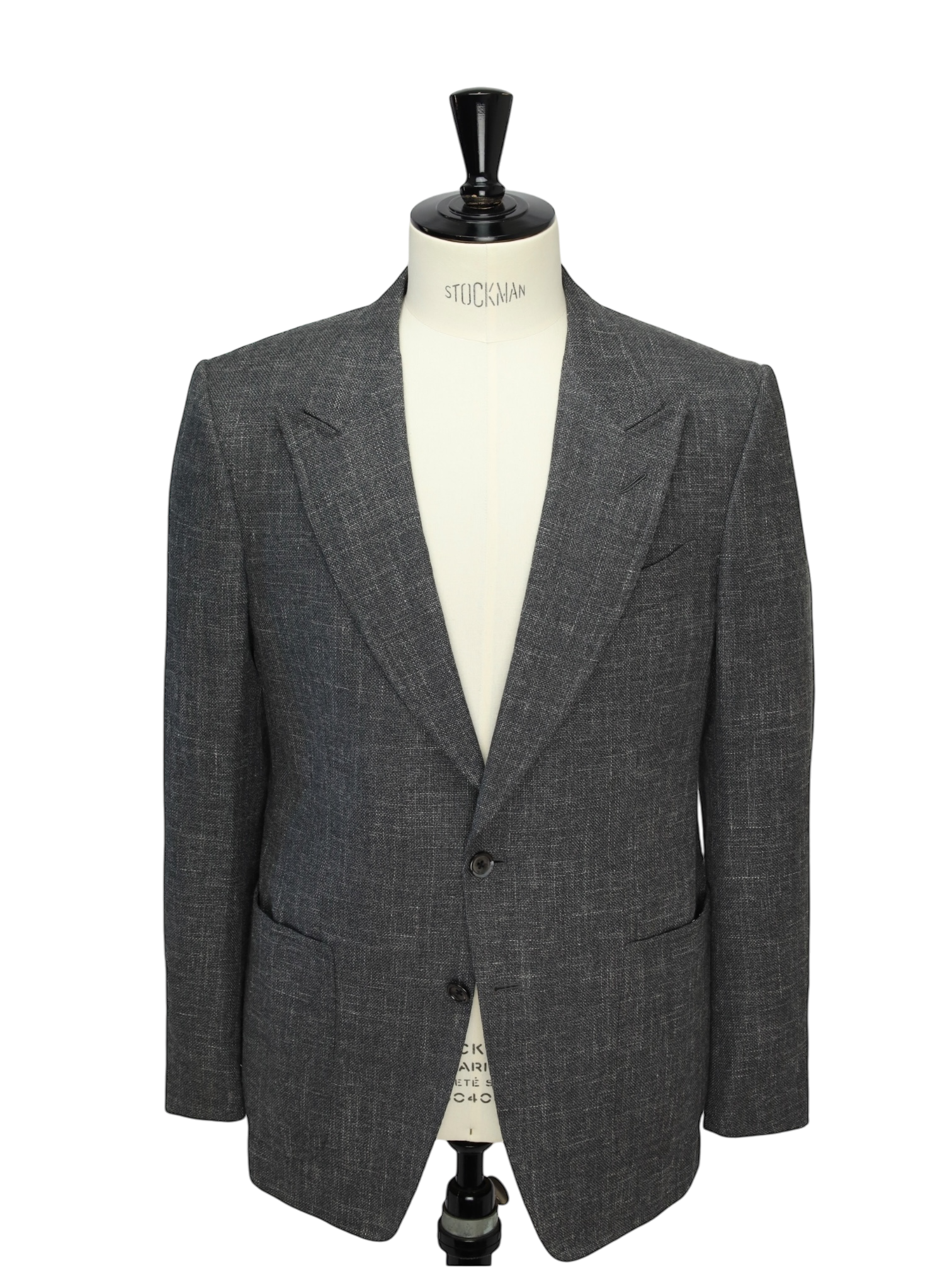
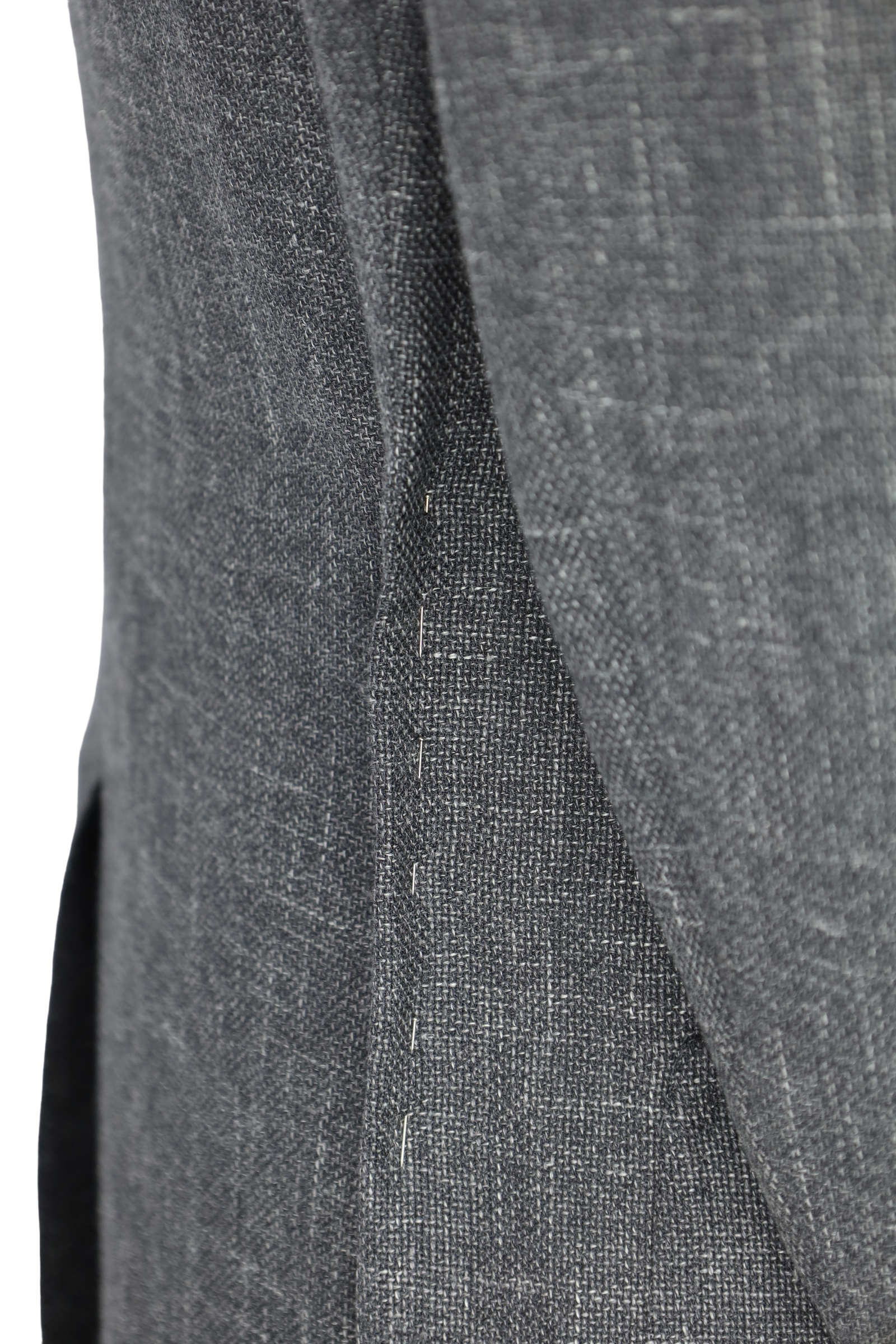
jacket / coat
taking in the side seams
This common alteration improves the fit of a jacket by slimming the torso for a more tailored silhouette. It's ideal for adjusting the overall width and ensuring the garment fits snugly against the body.

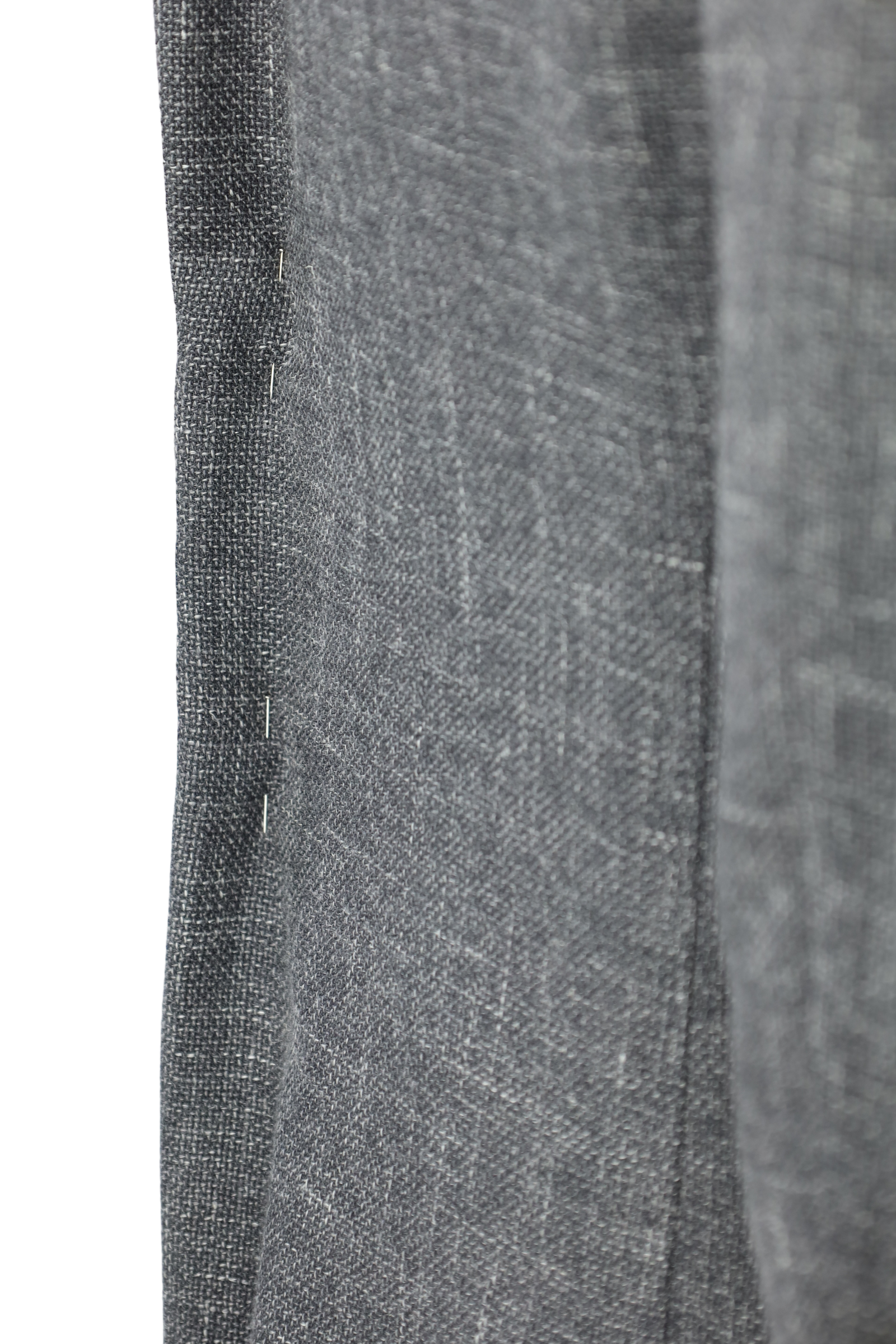
jacket / coat
taking in the center back seam
Adjusting the center back seam instead of the side seams is particularly useful for refining the fit around the waist and improving the jacket's alignment with the wearer's natural back curve. This alteration is chosen over side seams when the jacket needs a slight adjustment for a better contour without altering the structure too much.

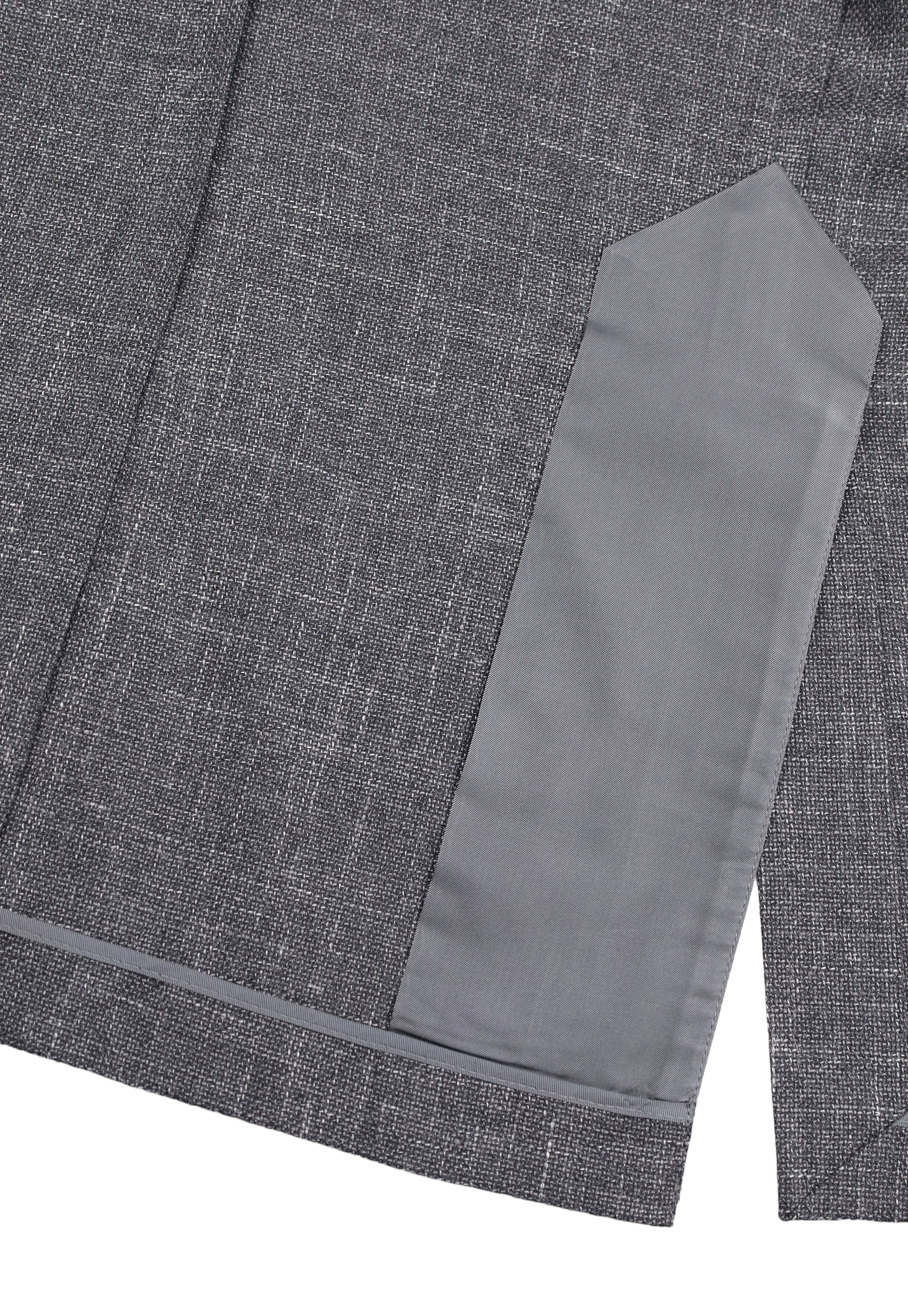
jacket / coat
taking out the sides and/or center seam
When tailoring a jacket to create more room, deciding whether to take out the side seams or the center back seam hinges on the areas that require additional space. Adjusting the side seams is ideal for enlarging the chest and waist areas, enhancing overall comfort. Conversely, letting out the center back seam specifically targets easing tightness across the back, particularly improving comfort while seated. In some cases, both alterations may be needed if the jacket is uniformly snug across all areas, ensuring a balanced expansion that maintains the jacket’s proportions while accommodating a broader torso.
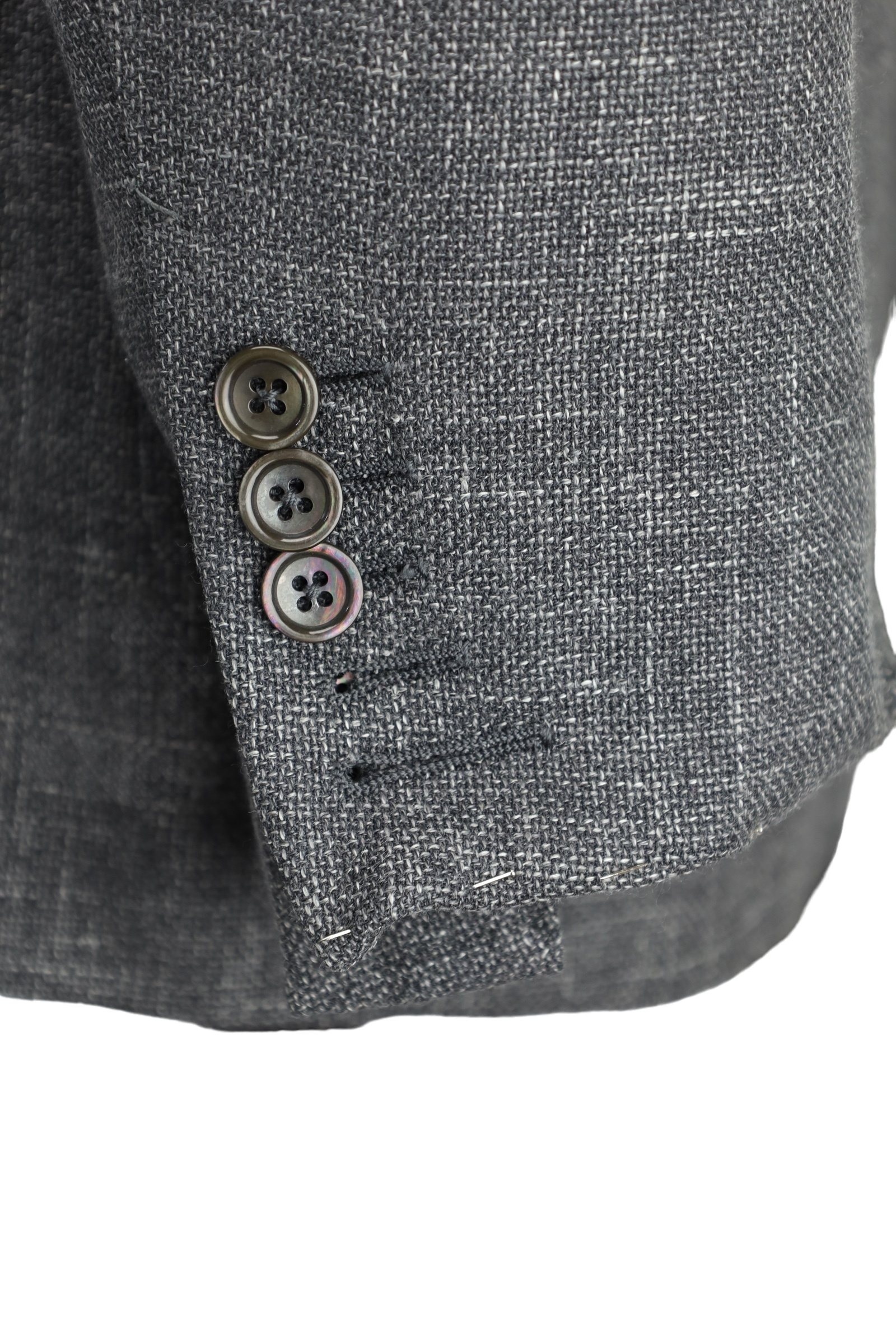
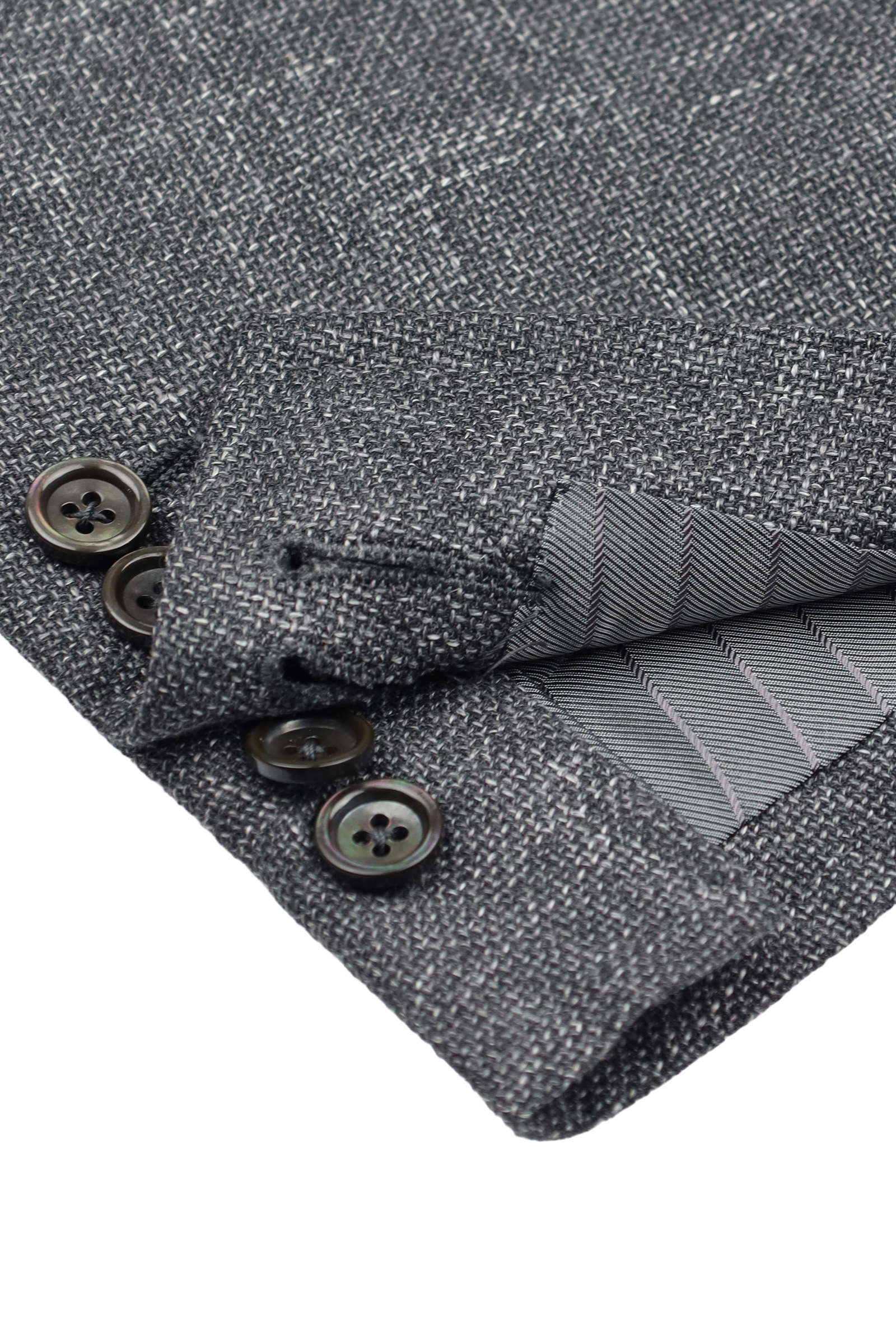
jacket / coat
Shortening and Lengthening the Sleeves
Lengthening the sleeves is typically possible by about 2 to 3 cm (0.75 to 1.2 inches), depending on the seam allowance available at the cuff. For shortening, if the adjustment needed is more than 2 cm, it's advisable to make the alteration via the shoulder. This method maintains a proportional balance between the lowest buttonhole and the end of the sleeve, which is crucial for maintaining the garment's aesthetic integrity. Shortening from the shoulder involves detaching and repositioning the sleeve higher, which allows for significant length adjustments without affecting the placement of the cuffs and buttons. However, it is important to consider the fit around the bicep area to ensure that the alteration does not make the sleeve uncomfortably tight, preserving both appearance and comfort.
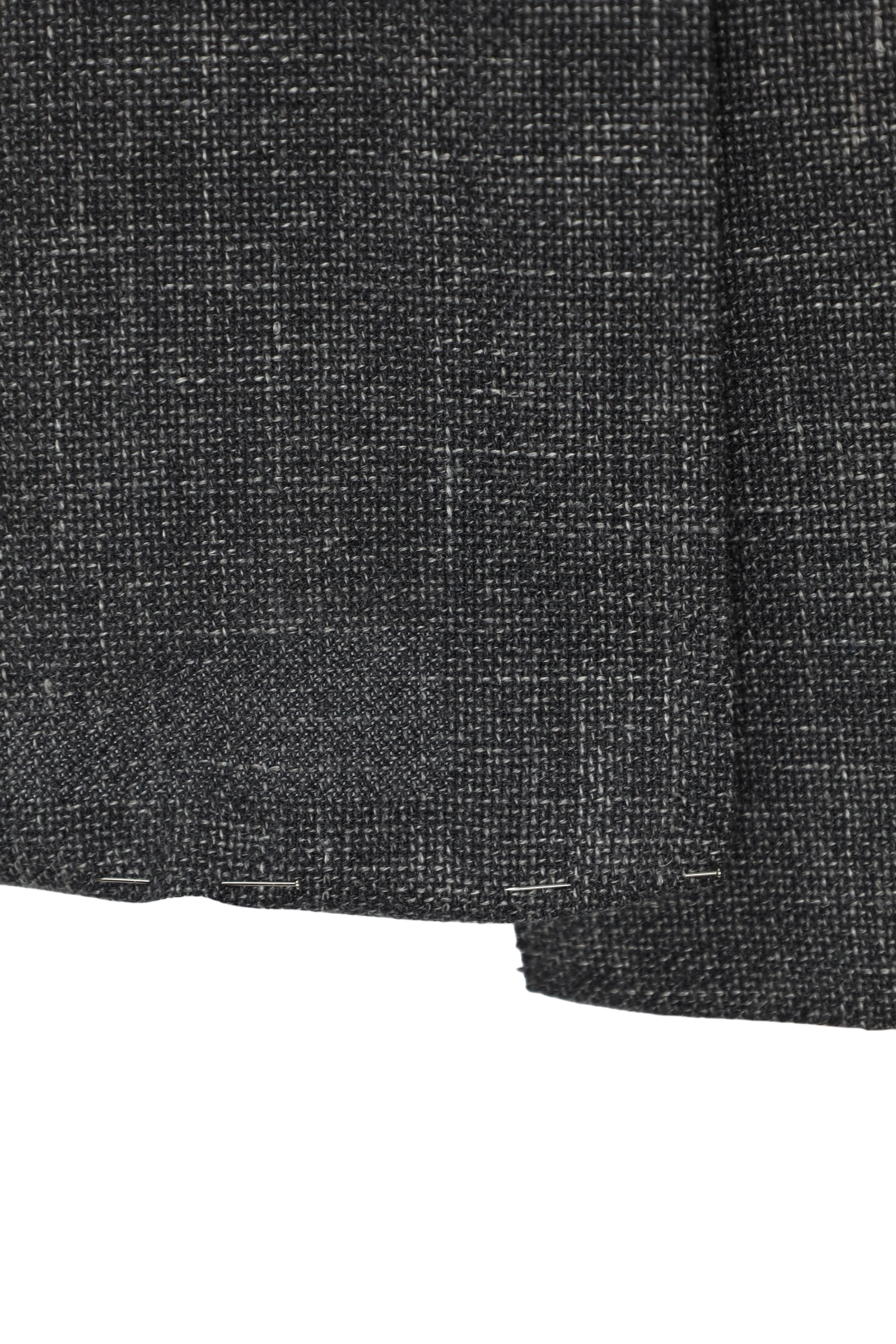
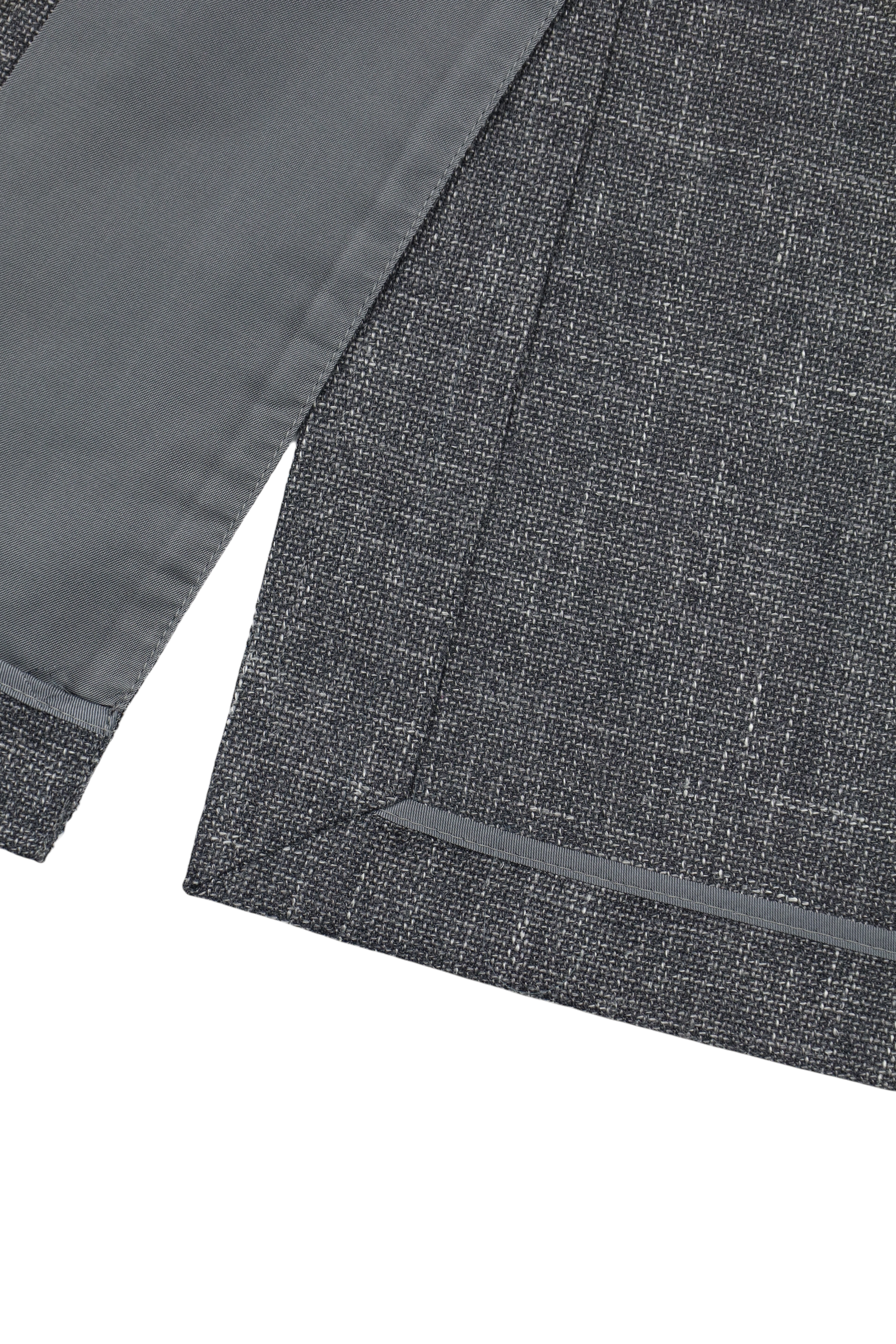
jacket / coat
Shortening and Lengthening the Jacket Length
Generally, the length of the jacket can be lengthened by about 1 to 2 cm (0.4 to 0.8 inches). This is generally limited due to fabric constraints. Typically, the length of the jacket can be shortened by about 4 to 5 cm (1.6 to 2 inches) maximum.

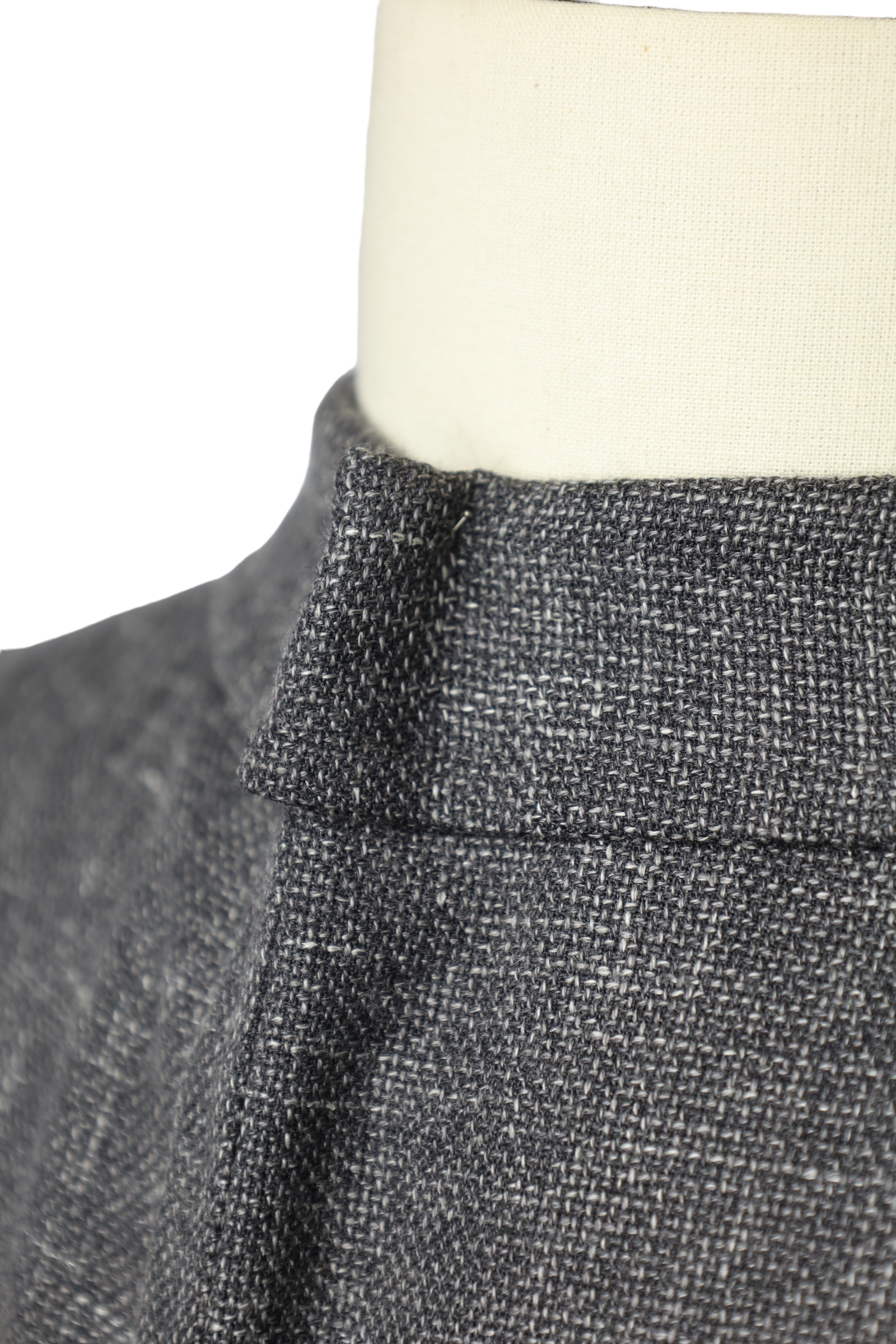
jacket / coat
Reshaping the neckline and collar
This alteration is necessary when there is gaping, which occurs if the neckline does not sit flush against the neck or the collar does not lay flat. Gaping often results from a mismatch between the jacket's cut and the wearer's body shape. Reshaping can involve adjusting the angle or tightness to eliminate any awkward puckering and ensure a clean, sharp finish.

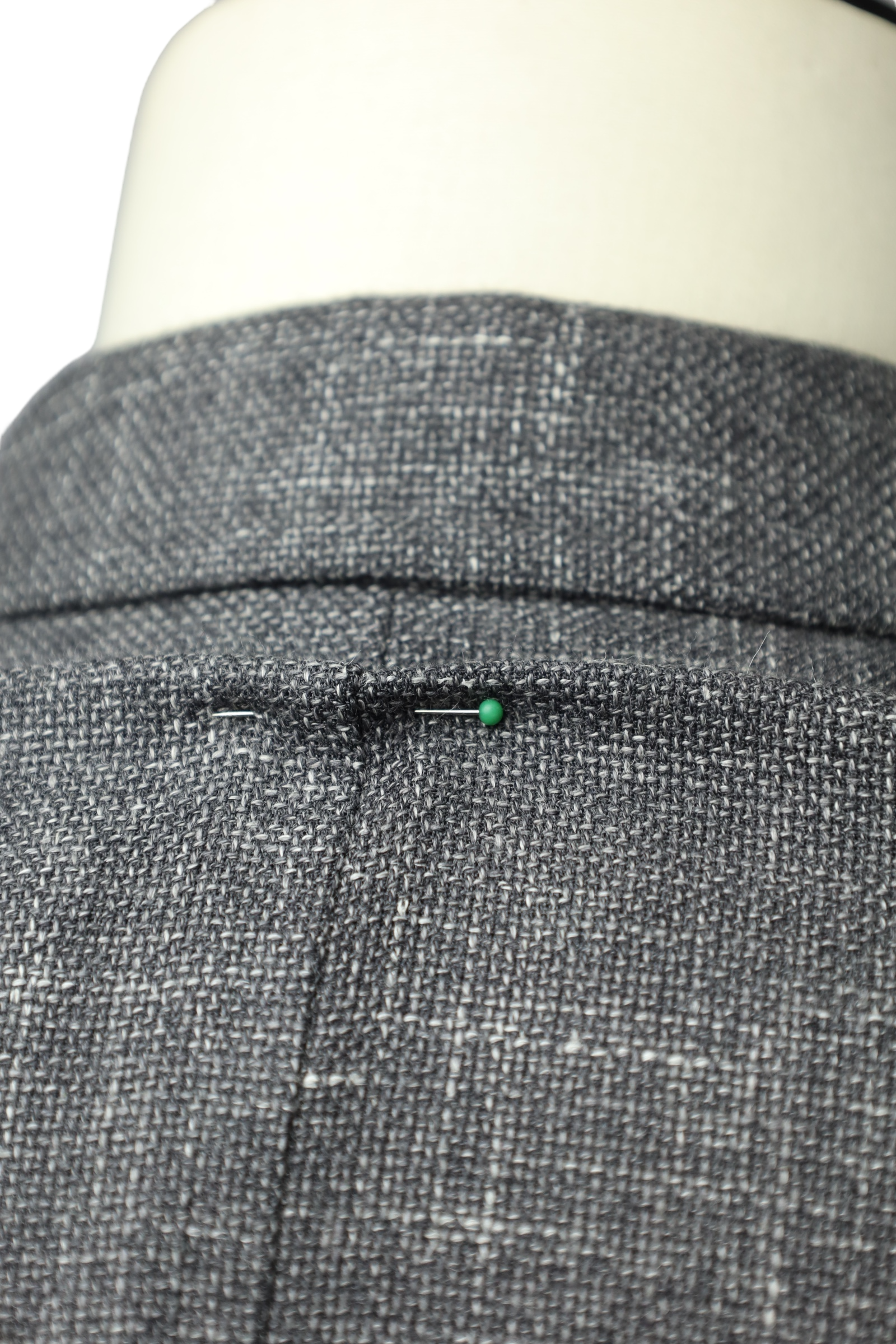
jacket / coat
Square Back Neck
A square back neck alteration addresses excess fabric that bunches at the back of the neck. This is often required for individuals with more erect postures or those with a flatter upper back curve. Altering this area helps the jacket hang smoothly and uniformly, enhancing both comfort and appearance.

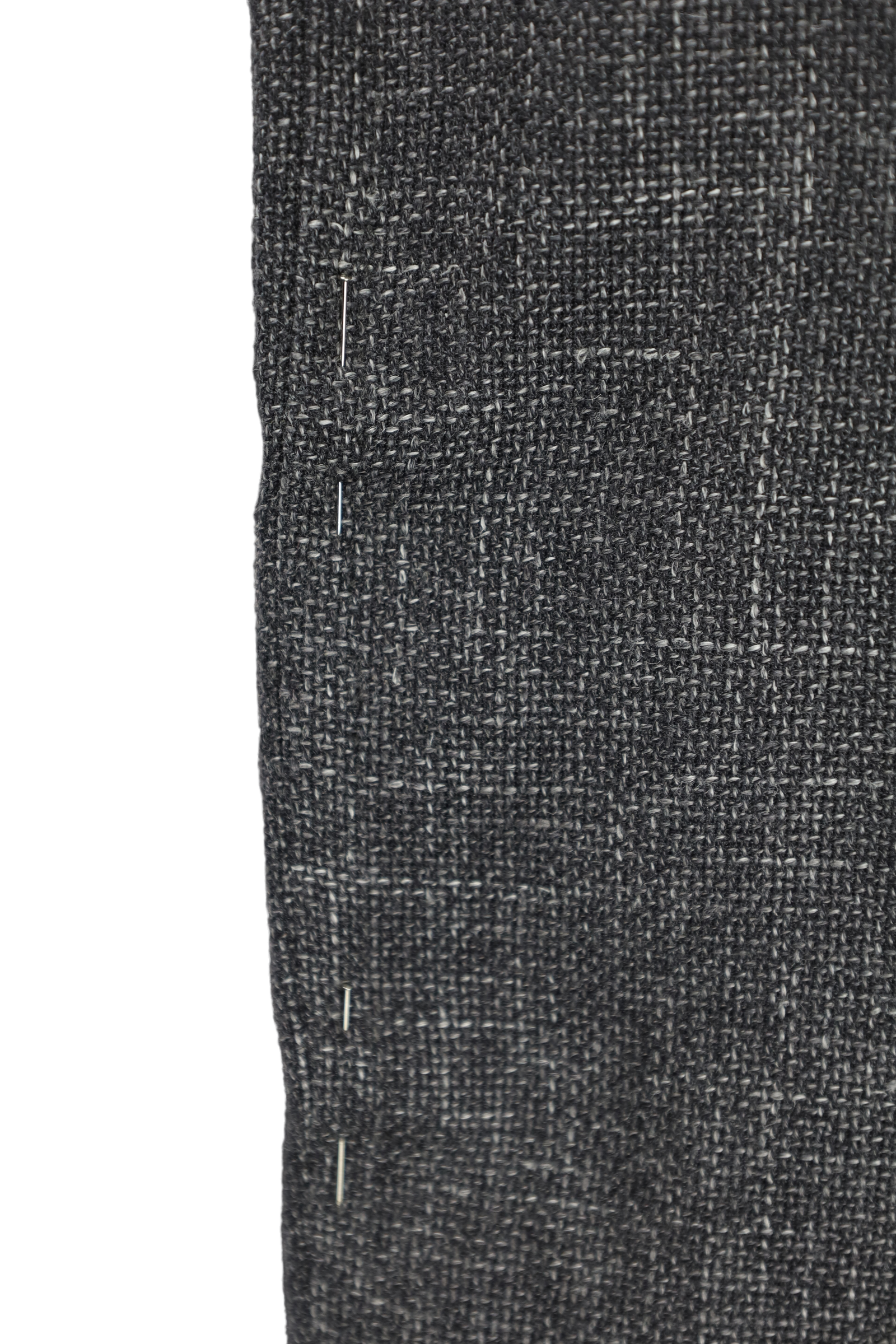
jacket / coat
Tapering the jacket sleeves
Narrows the sleeves for a more fitted look.
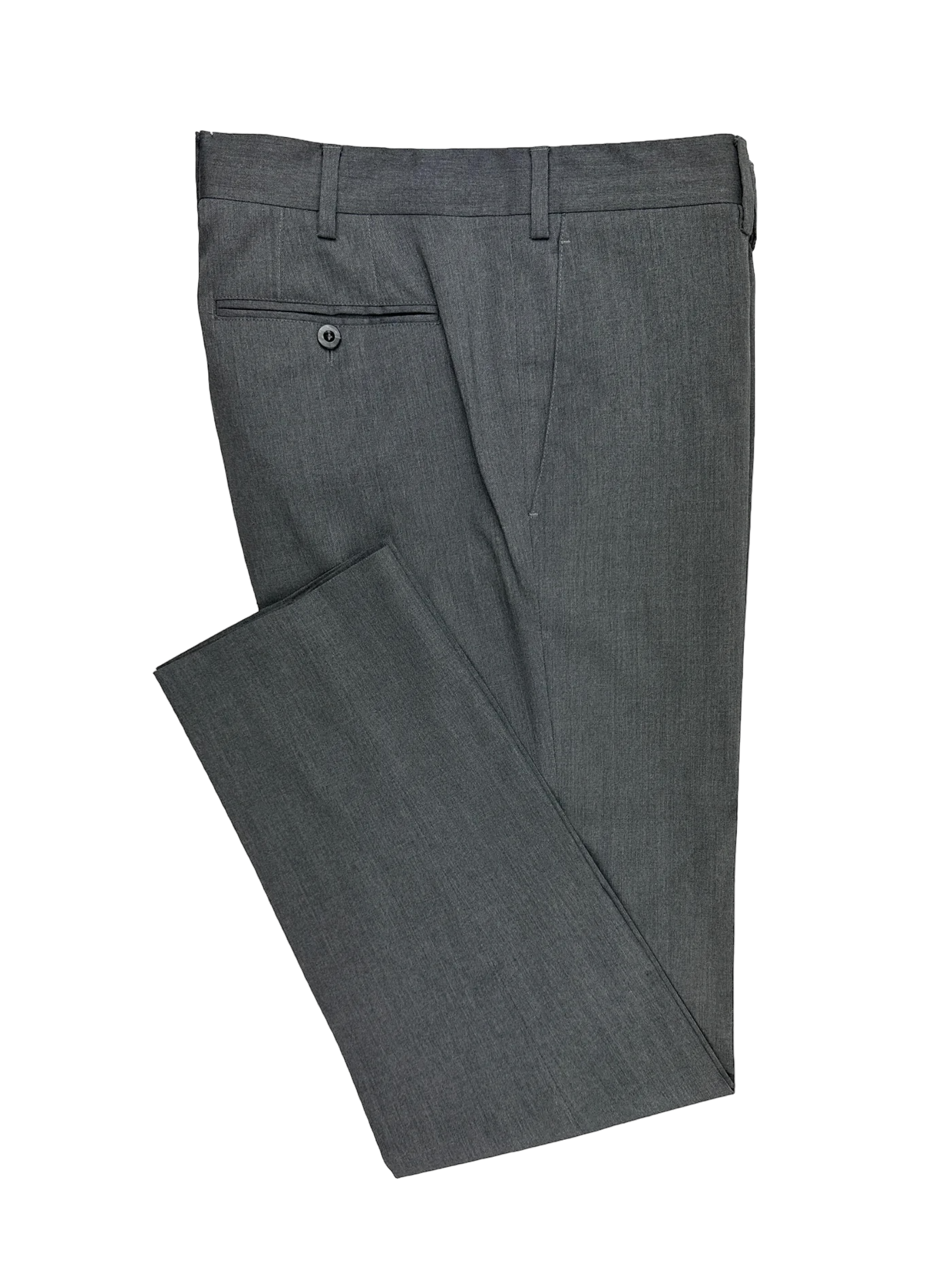
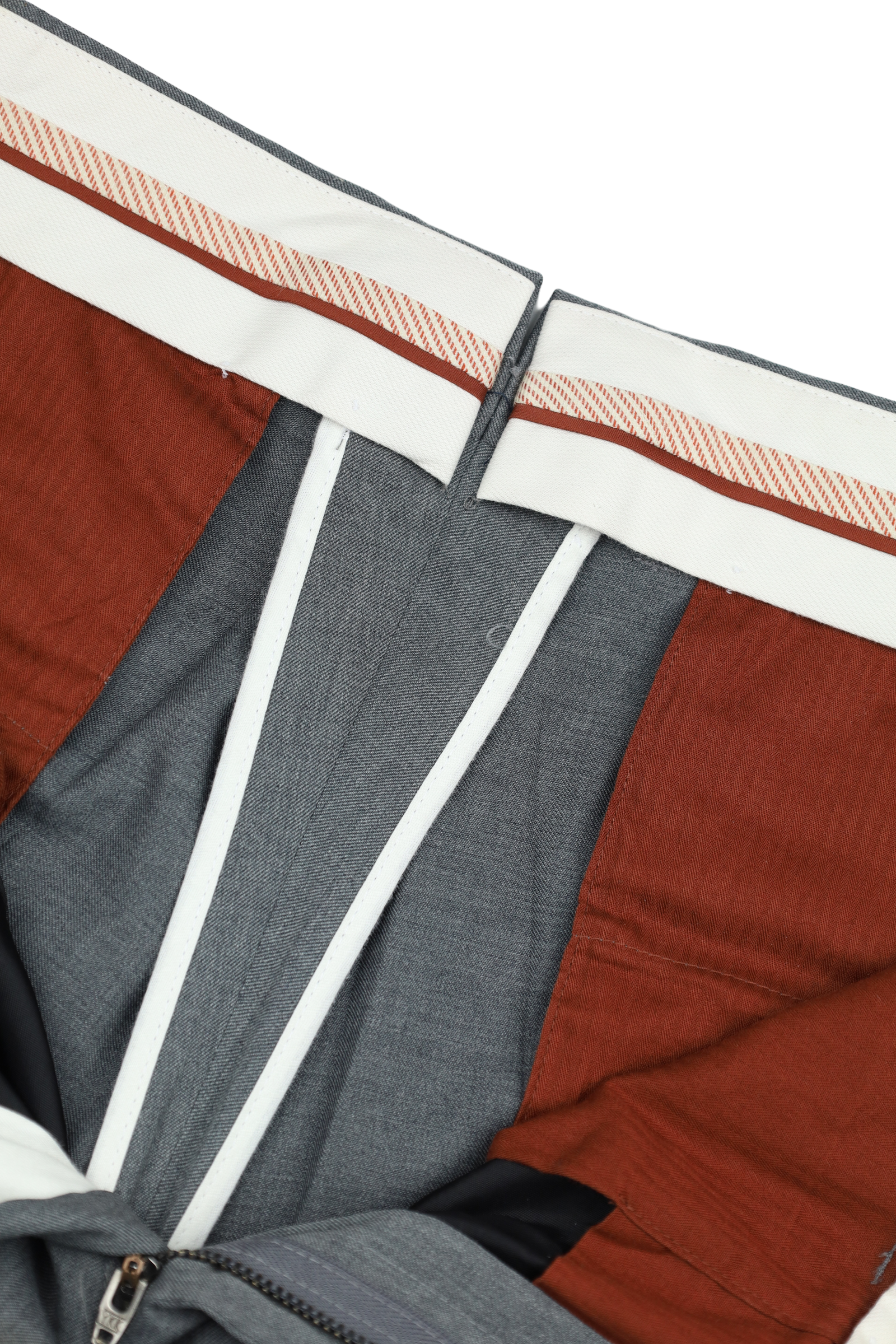
trousers
Waist adjustments
The waistband can usually be altered by taking in or letting out about 2 to 4 cm (0.8 to 1.6 inches).
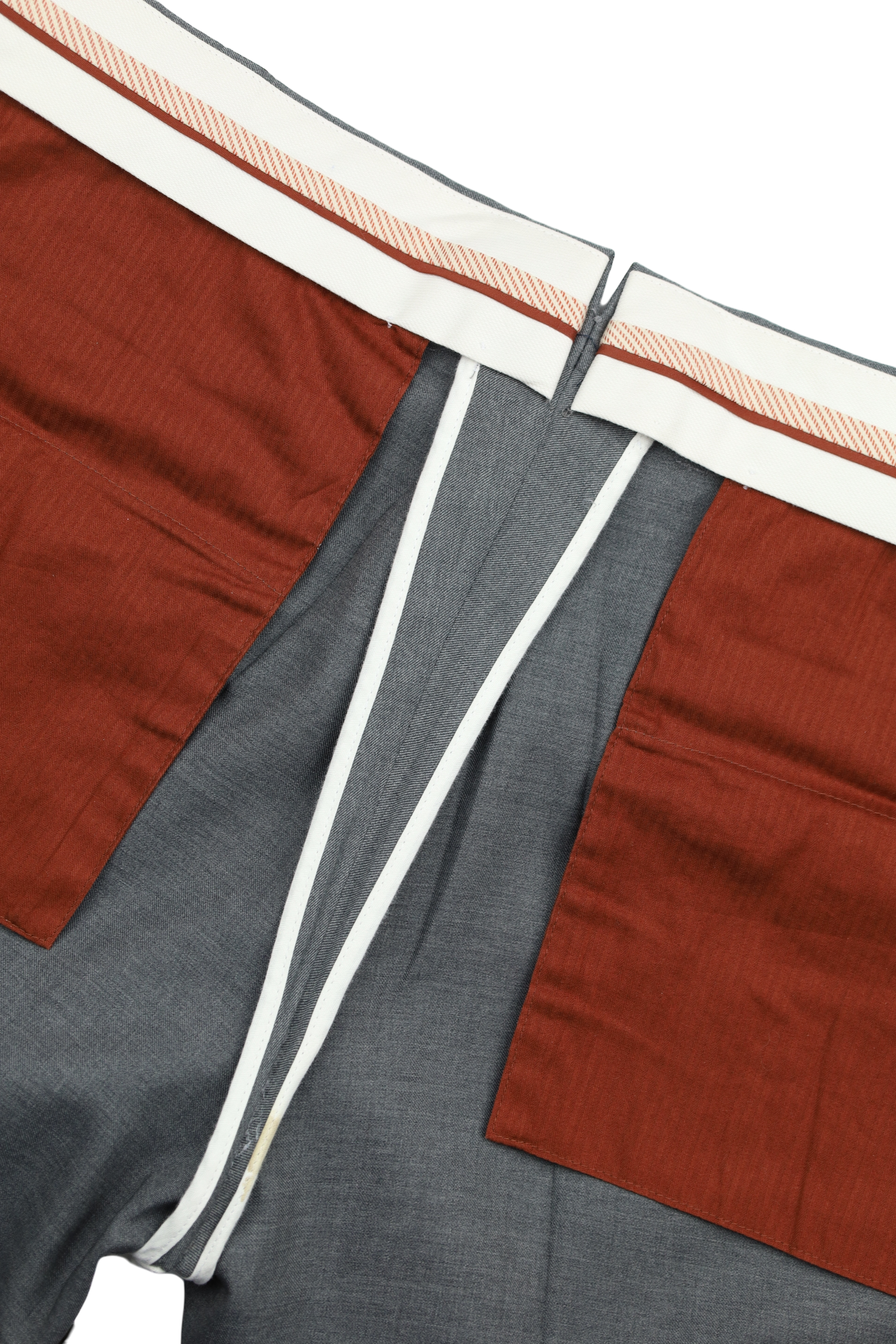
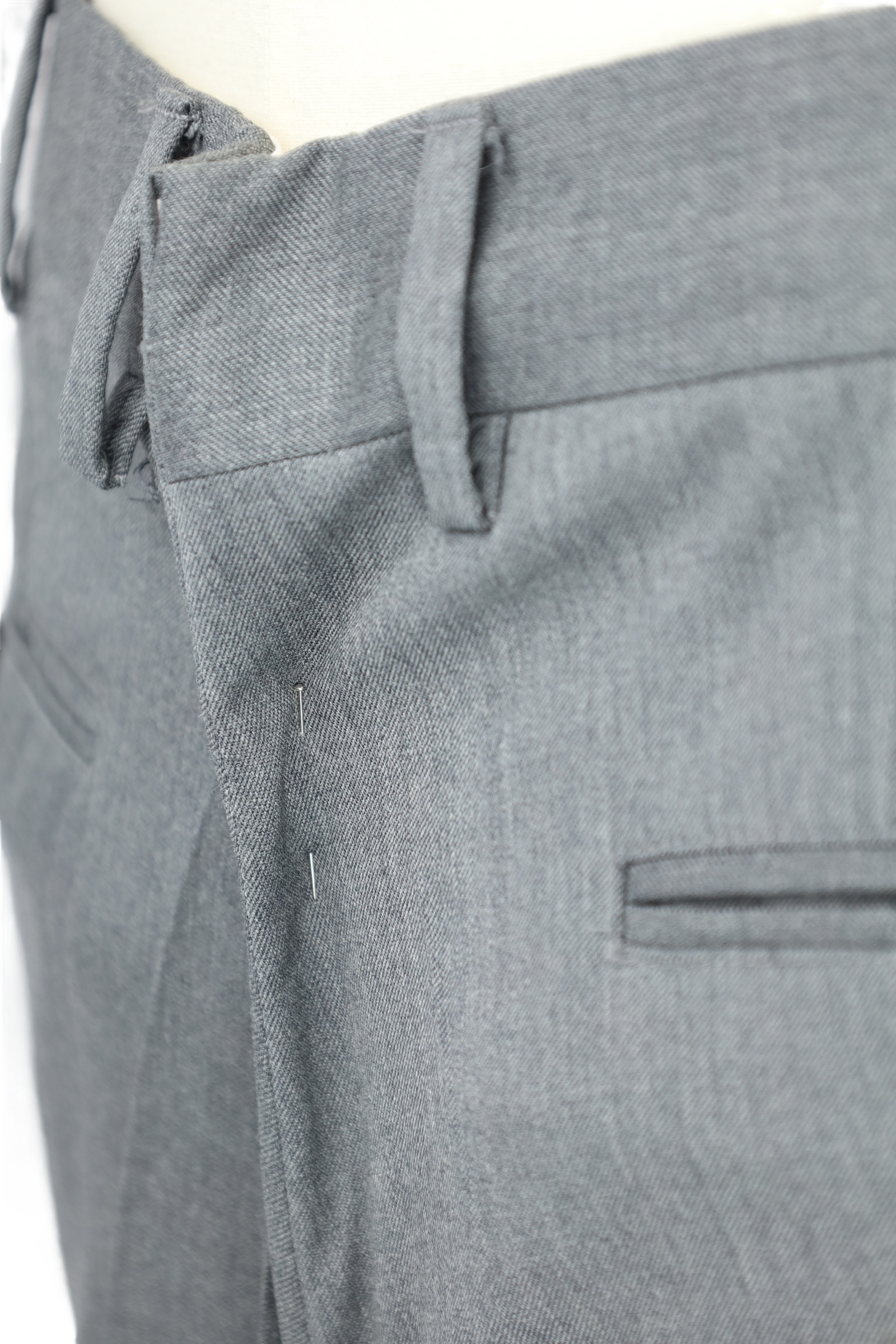
trousers
Adjusting the seat and crotch
Both taking in and letting out are possible, typically up to 4 cm (1.6 inches) to improve comfort and fit.
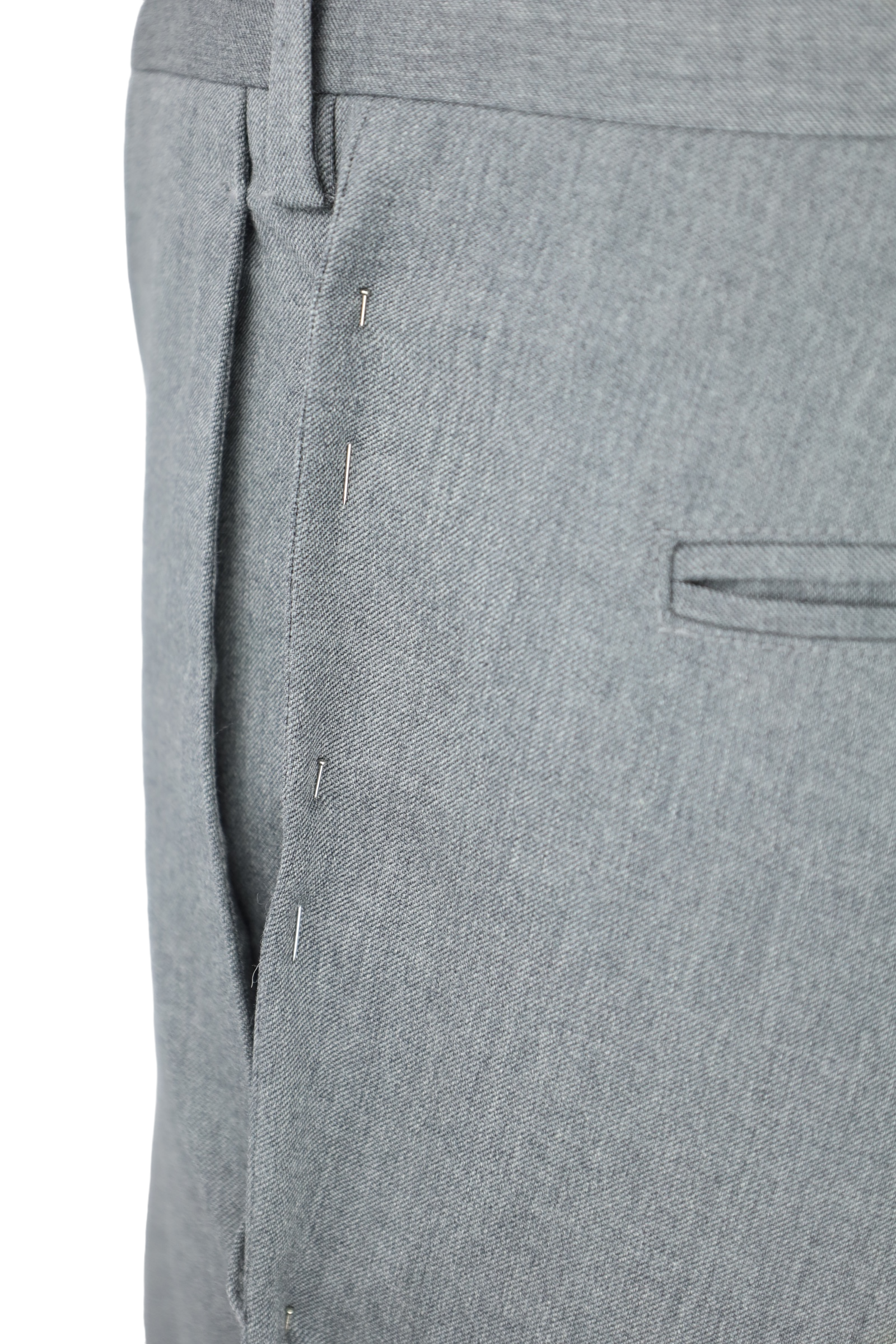

trousers
Tapering the legs
If narrowing the trousers by more than 3 cm (1.2 inches), it should be done from the two side seams and the seat to maintain the shape of the trousers. Tapering just from the seat may cause a twist in the seams on the sides, affecting the overall look.

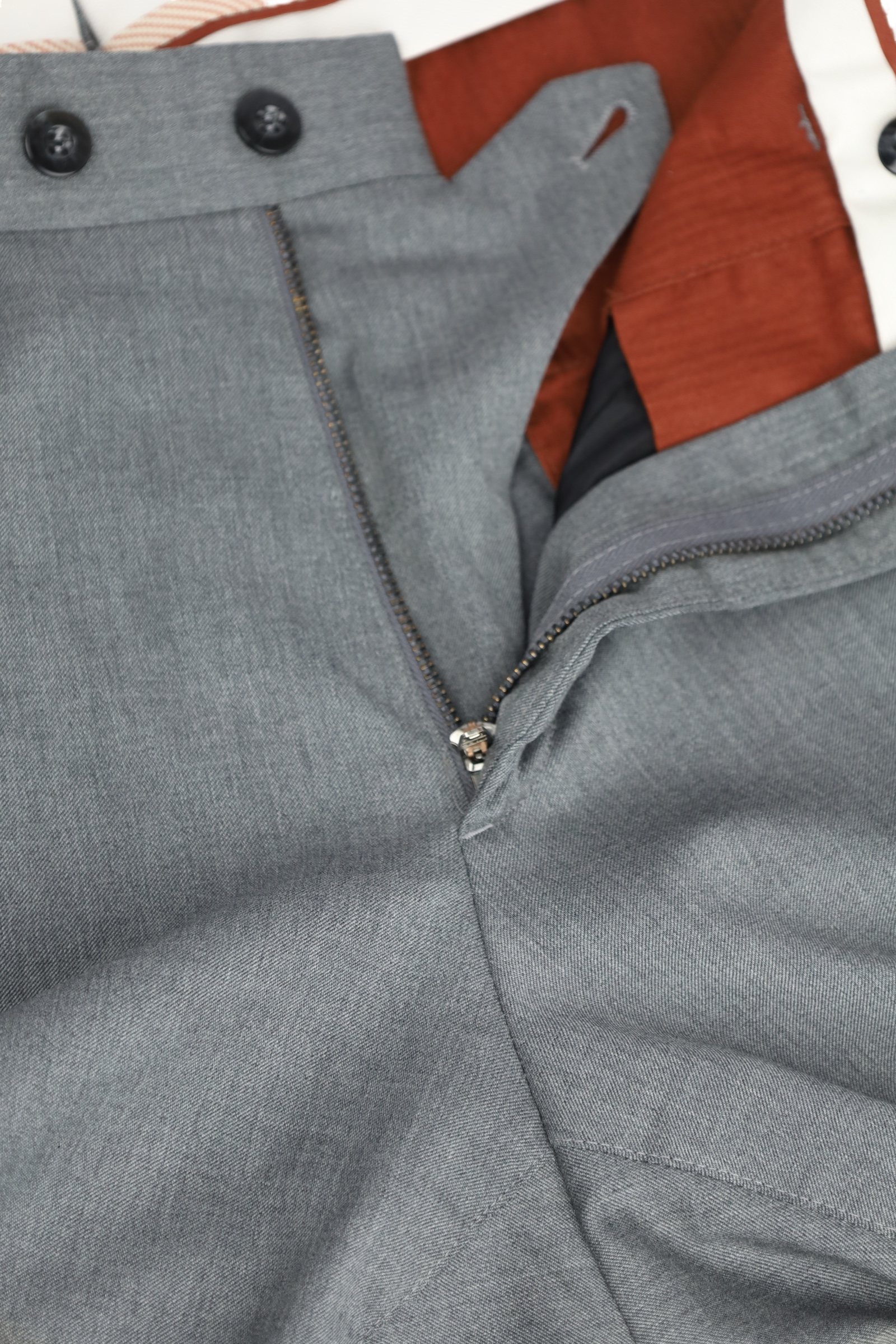
trousers
Adjusting the rise
Modifying the distance between the crotch and the waistband can significantly enhance both comfort and style. Whether increasing for more ease or reducing for a sleeker look, this tailored adjustment ensures your trousers sit perfectly at your waist, providing an impeccable fit throughout your day.

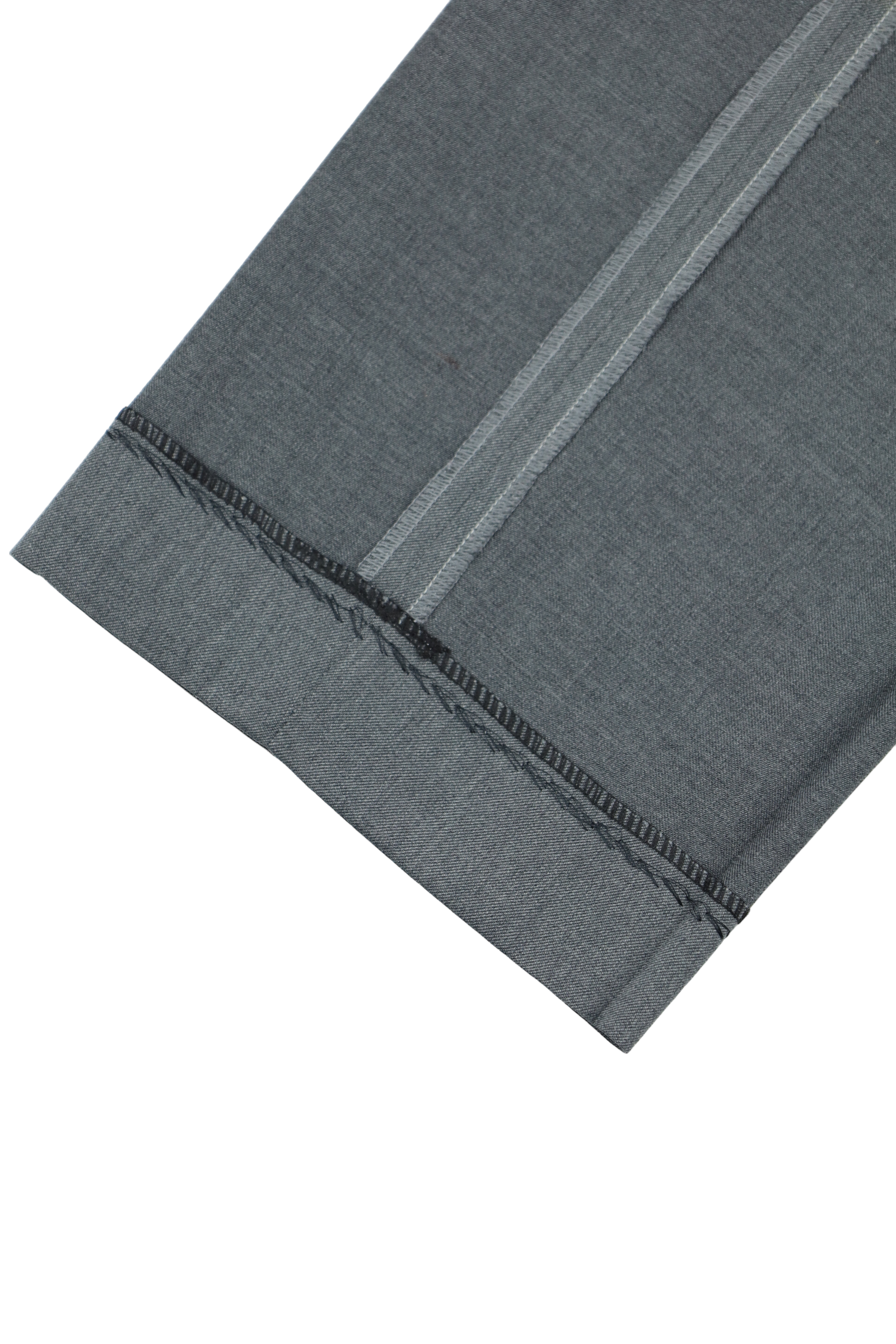
trousers
Hemming the length
The length of trousers can often be extended by up to 3 to 5 cm (1.2 to 2 inches) by letting out the hem.
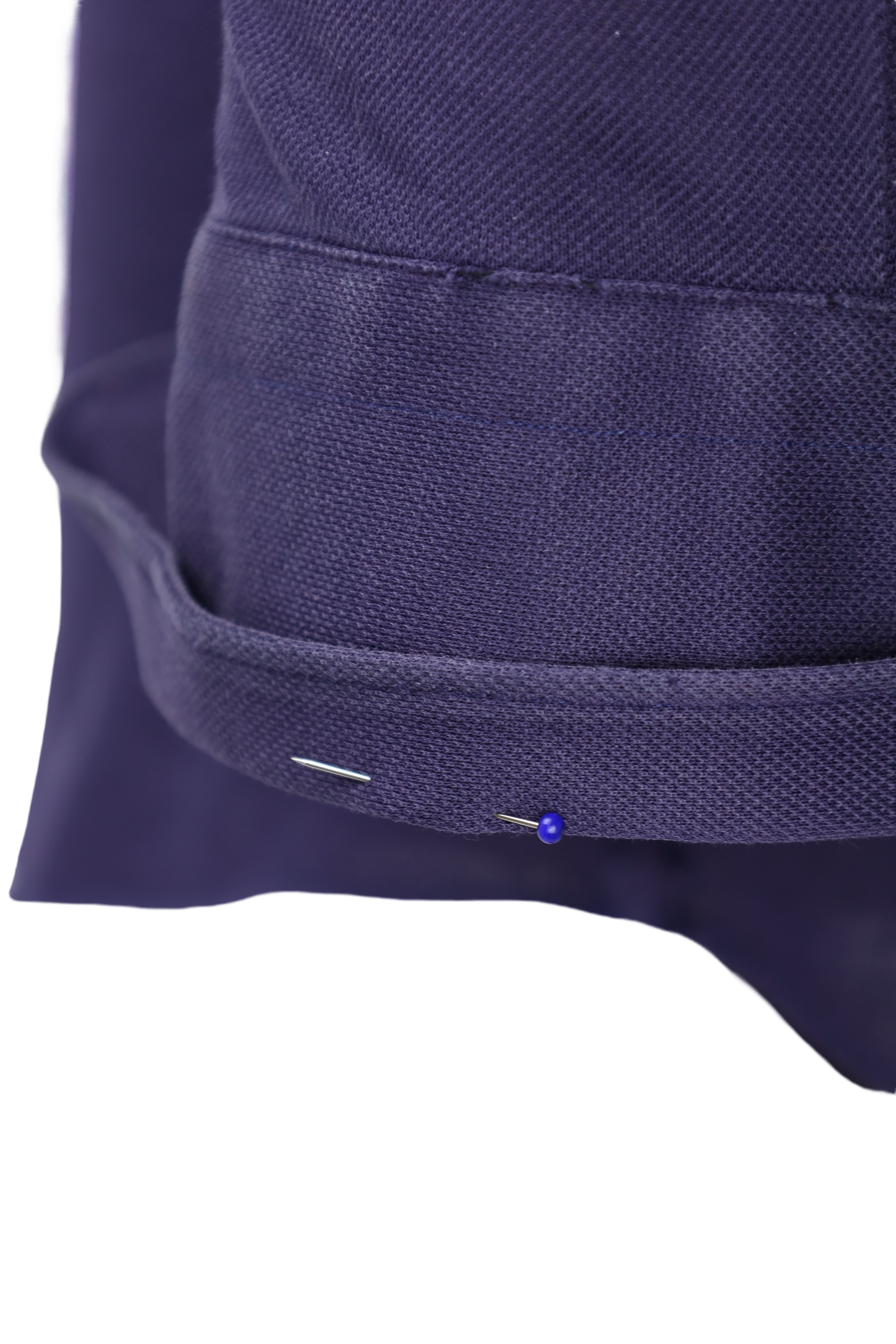
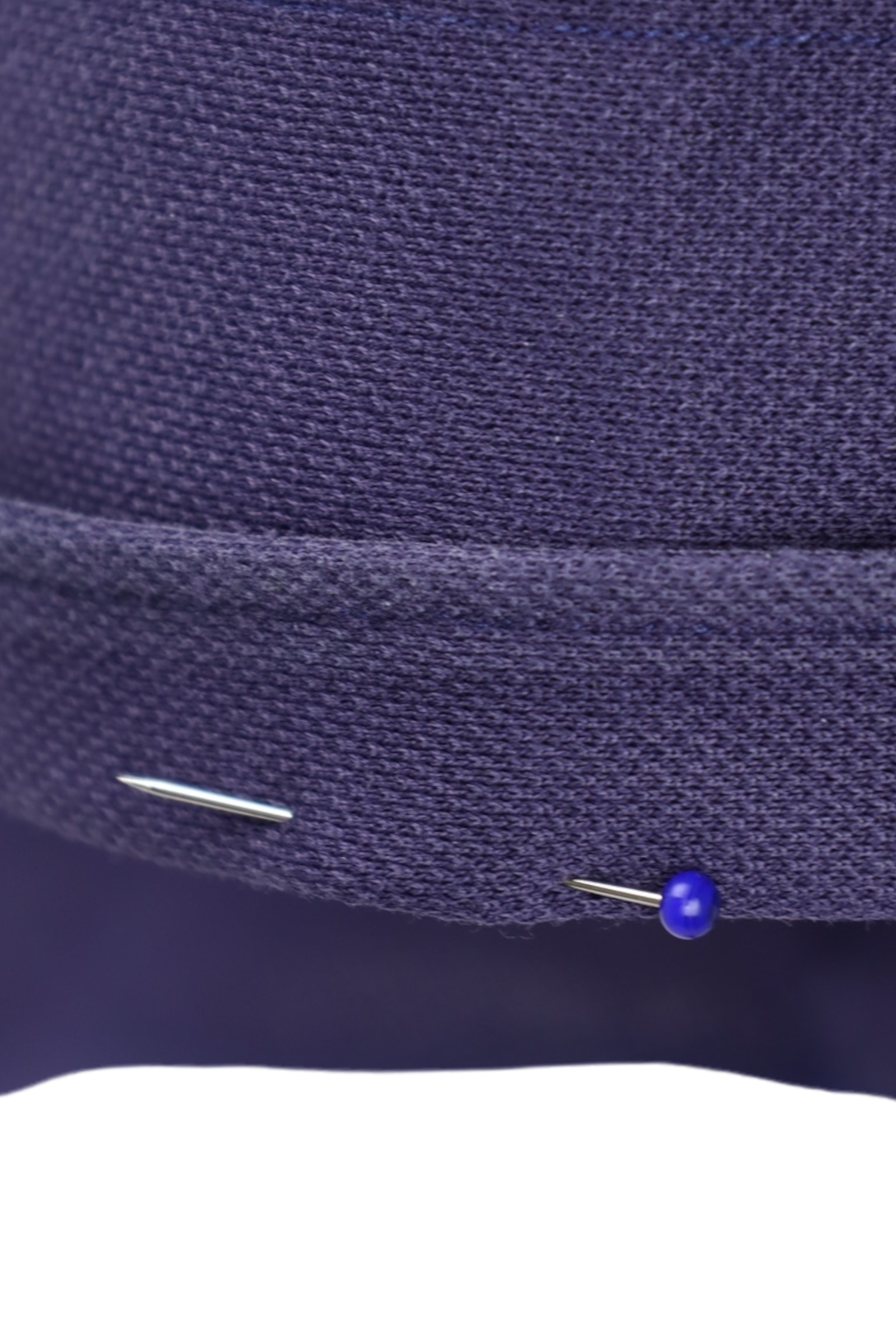
shirt / knitwear
Adjusting sleeve length
Sleeves can typically be shortened to better fit the arm length.
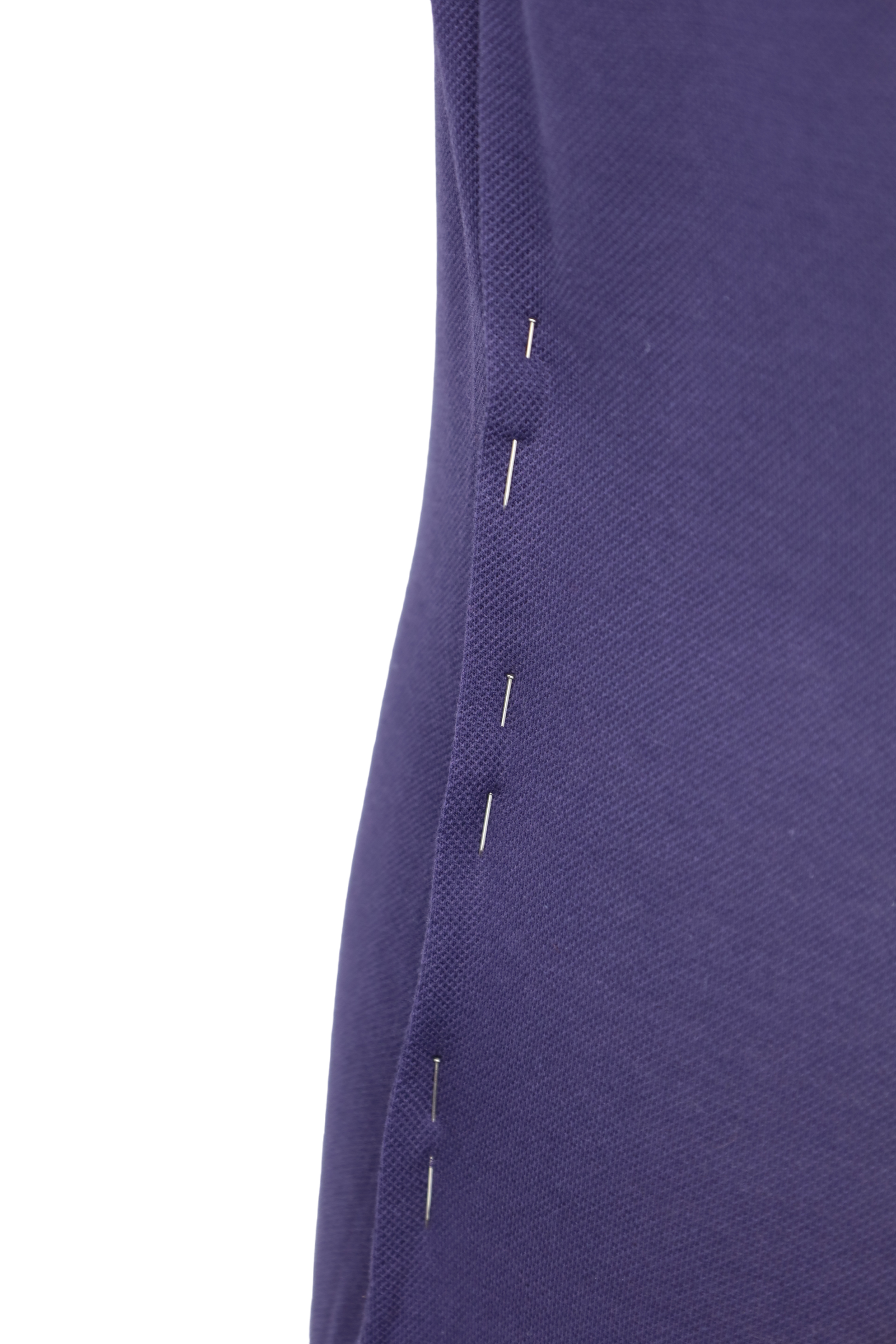
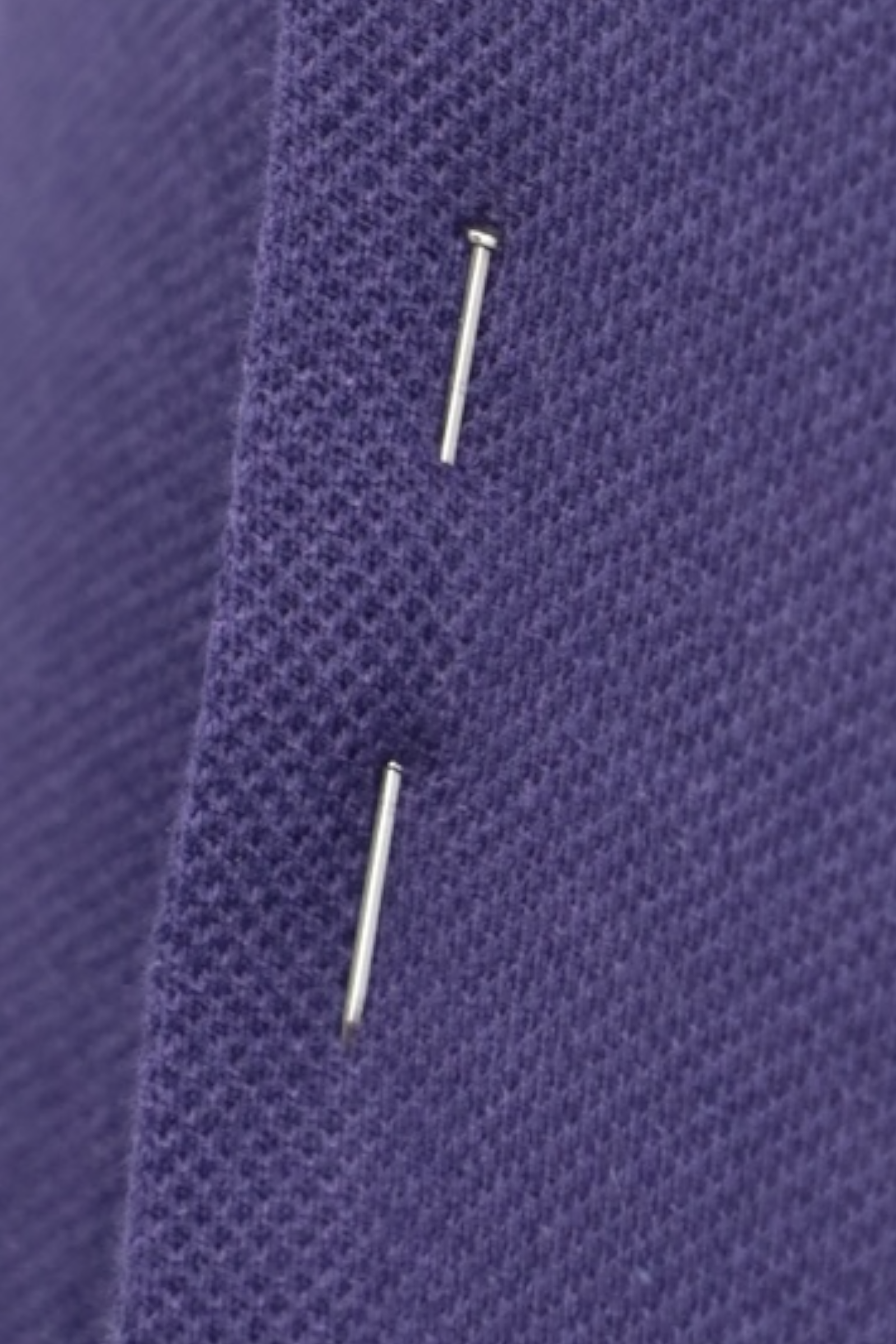
shirt / knitwear
Taking in the sides
Provides a closer fit, especially if the shirt is too baggy in the waist or chest.
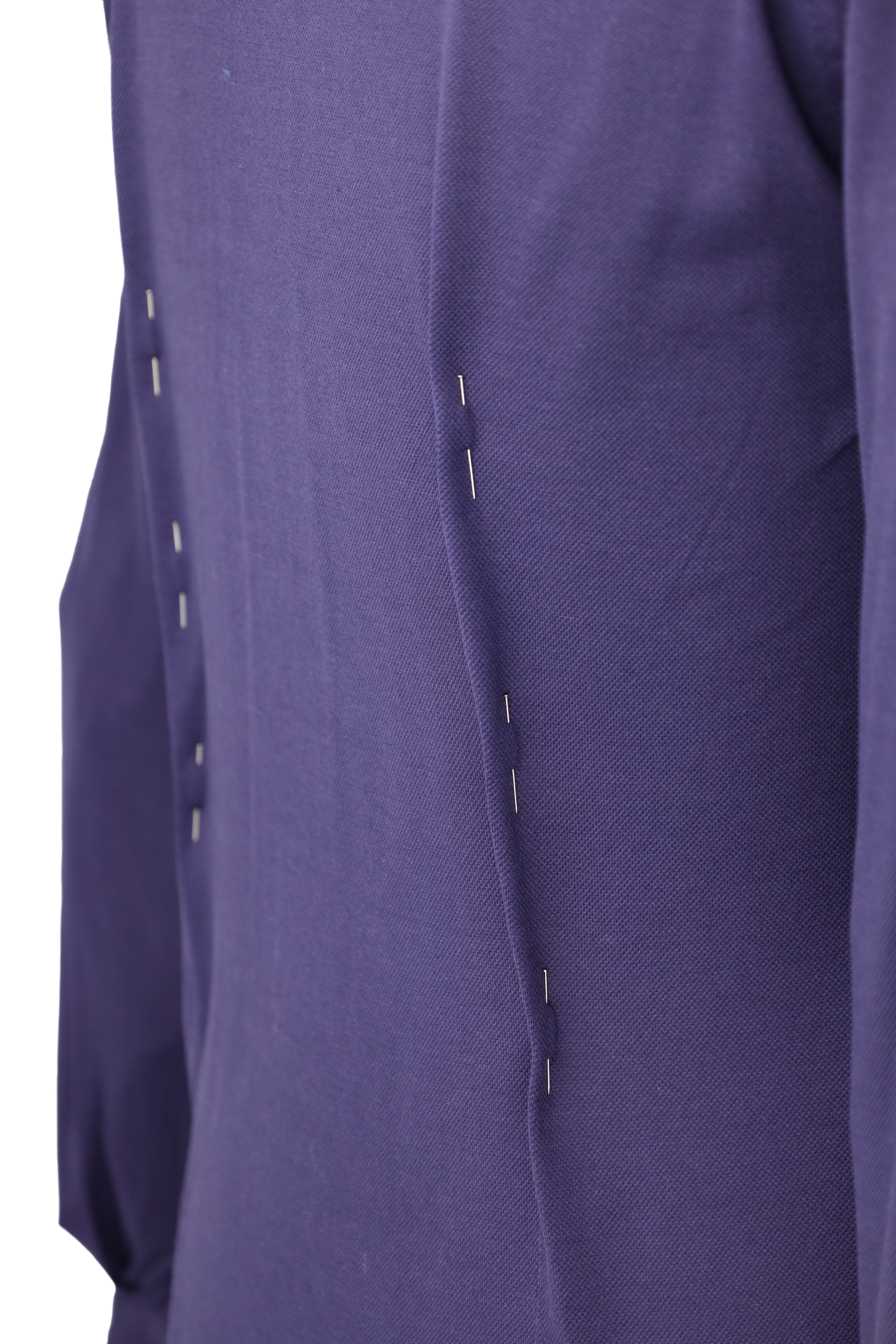
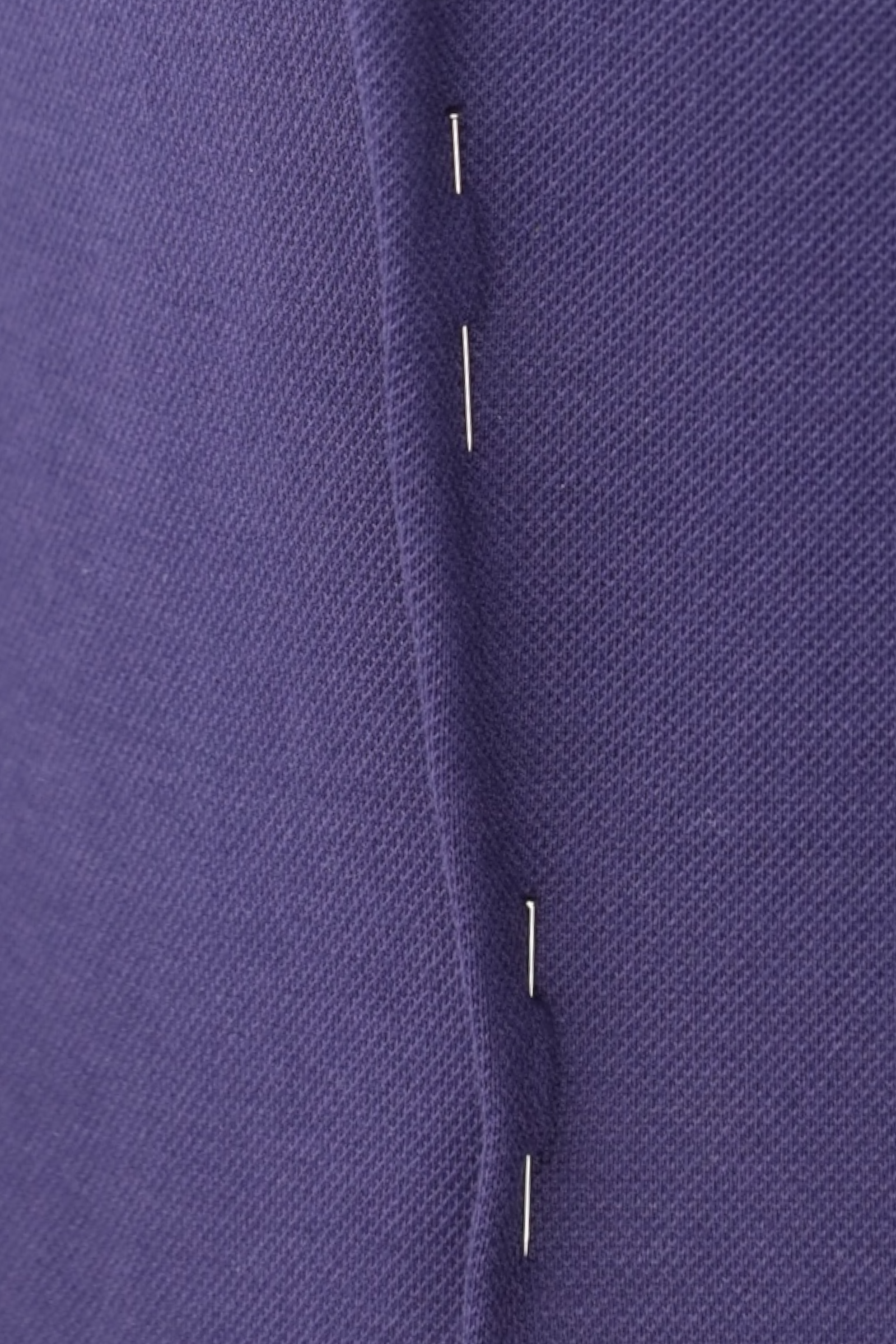
shirt / knitwear
Darts at the back
Adding darts can create a slimmer fit and better contour the shirt to the wearer's body.
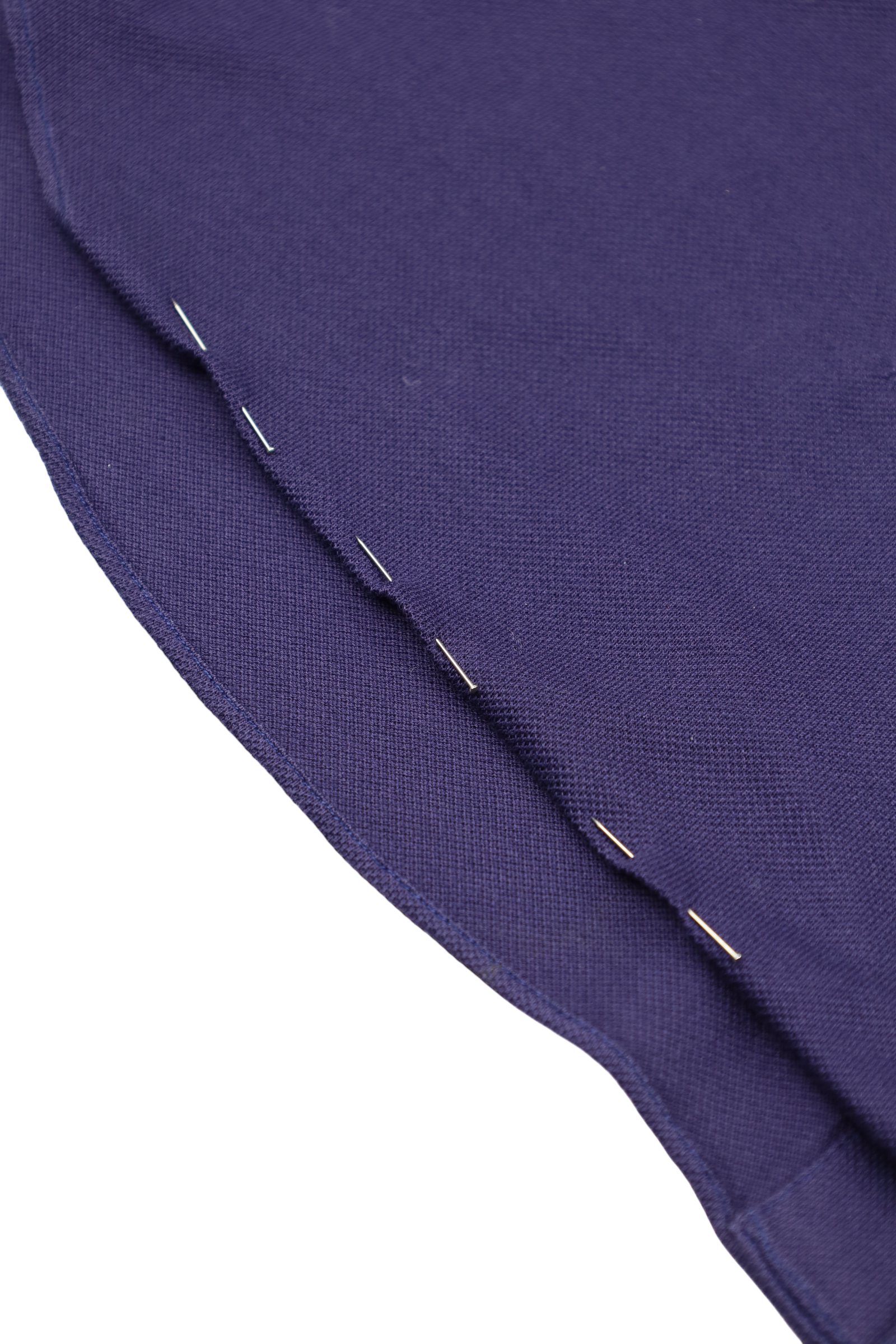
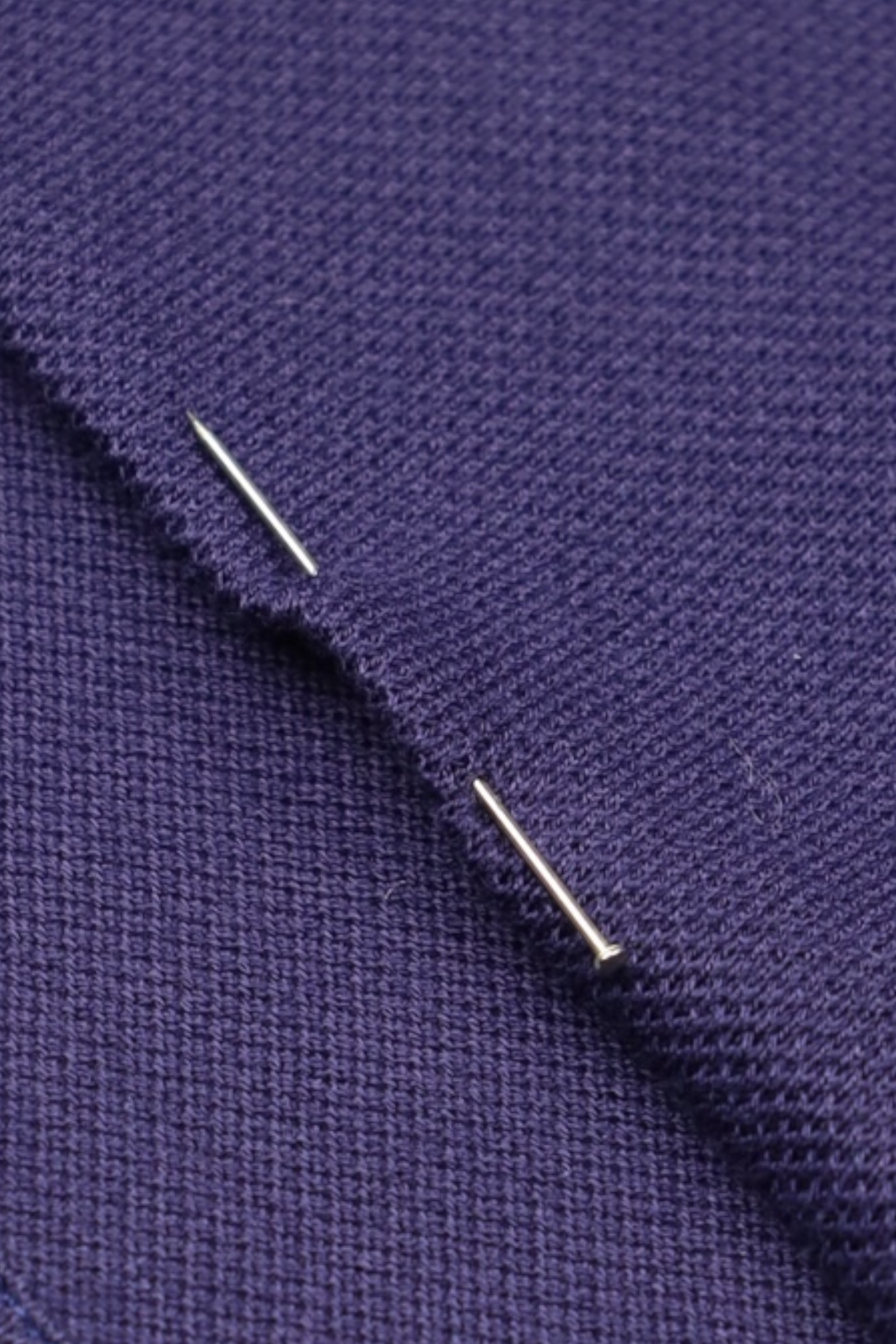
shirt / knitwear
Shortening the shirt length
Useful if the shirt is worn untucked and needs to hit at a specific point on the body.
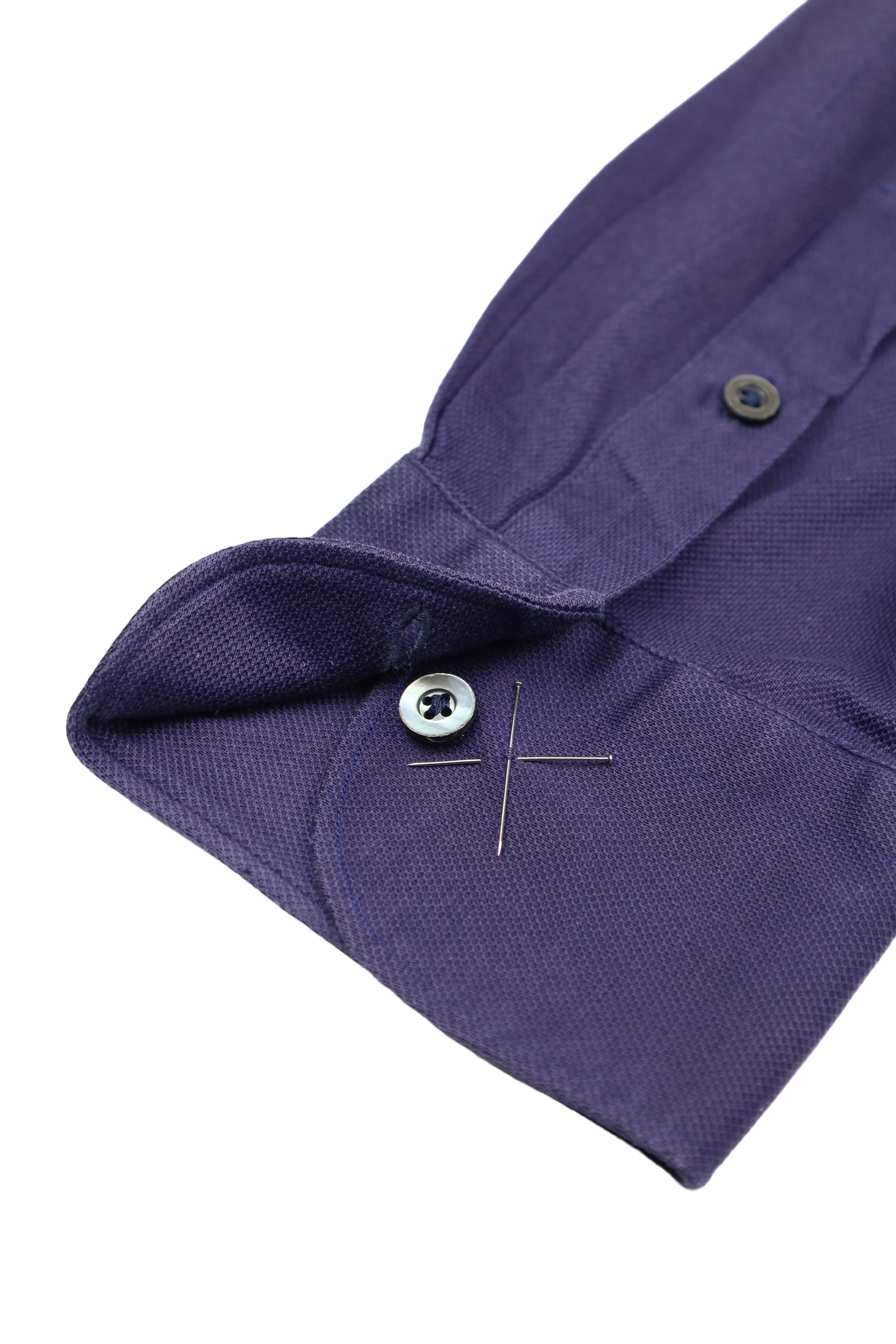
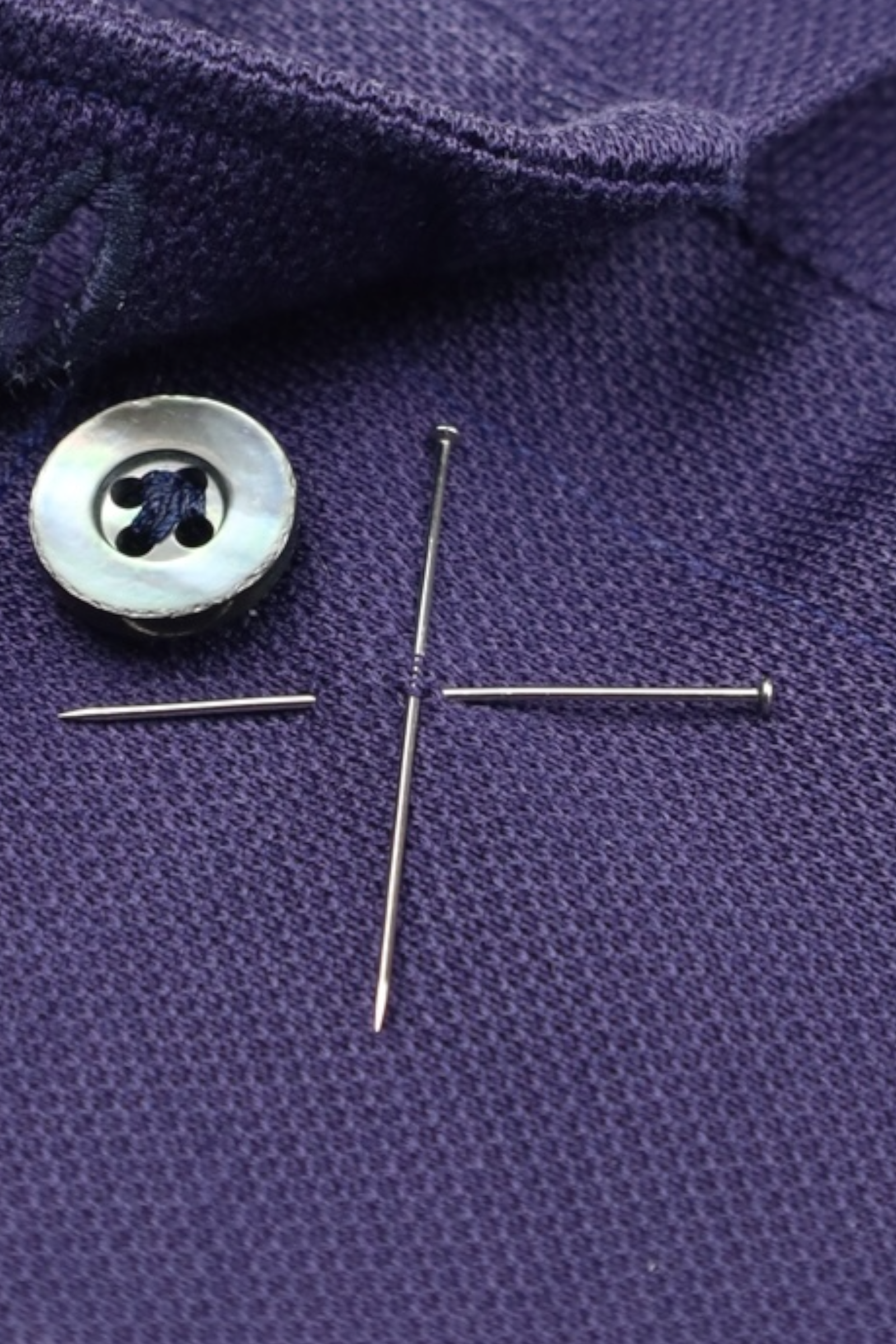
shirt / knitwear
Altering the cuffs
Adjusts the cuffs to accommodate preferences for tightness.

